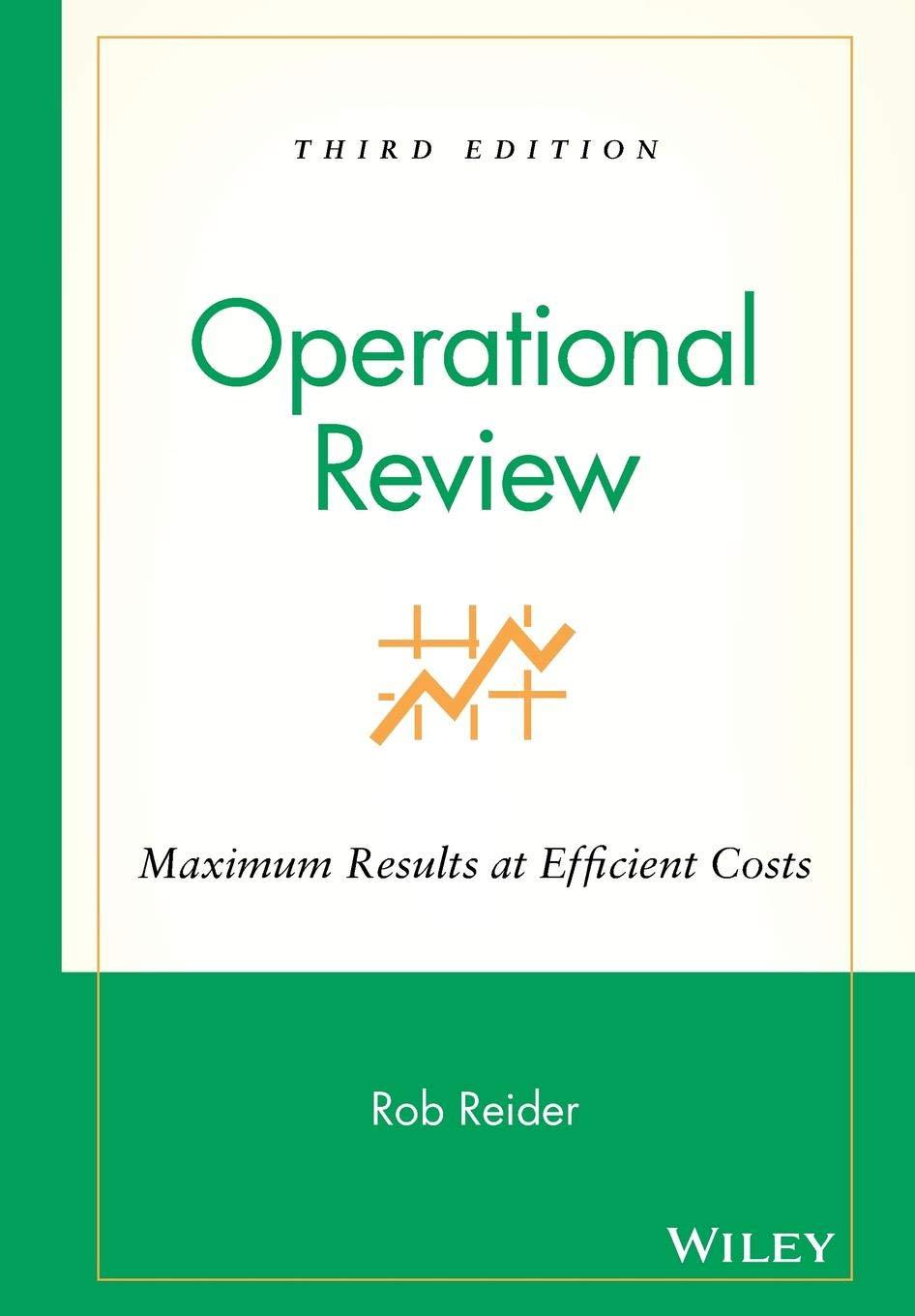Question
Problem 5-3A Perpetual: Alternative cost flows LO P1 Montoure Company uses a perpetual inventory system. It entered into the following calendar-year 2013 purchases and sales
Problem 5-3A Perpetual: Alternative cost flows LO P1
Montoure Company uses a perpetual inventory system. It entered into the following calendar-year 2013 purchases and sales transactions.
Date Activities Units Acquired at Cost Units Sold at Retail Jan. 1 Beginning inventory 600 units @ $ 60 /unit Feb. 10 Purchase 400 units @ $ 57 /unit Mar. 13 Purchase 150 units @ $ 45 /unit Mar. 15 Sales 750 units @ $ 85 /unit Aug. 21 Purchase 150 units @ $ 65 /unit Sept. 5 Purchase 450 units @ $ 61 /unit Sept. 10 Sales 600 units @ $ 85 /unit Totals 1,750 units 1,350 units
Required:
1. Compute cost of goods available for sale and the number of units available for sale.
2. Compute the number of units in ending inventory.
3. Compute the cost assigned to ending inventory using (a) FIFO, (b) LIFO, (c) weighted average, and (d) specific identification. For specific identification units sold consist of 600 units from beginning inventory, 300 from the February 10 purchase, 150 from the March 13 purchase, 100 from the August 21 purchase, and 200 from the September 5 purchase. (Round your average cost per unit to 2 decimal places.)
4. Compute gross profit earned by the company for each of the four costing methods. (Round your average cost per unit to 2 decimal places.)
References
eBook & Resources
WorksheetDifficulty: Hard
Problem 5-3A Perpetual: Alternative cost flows LO P1Learning Objective: 05-P1 Compute inventory in a perpetual system using the methods of specific identification, FIFO, LIFO, and weighted average.
Step by Step Solution
There are 3 Steps involved in it
Step: 1

Get Instant Access to Expert-Tailored Solutions
See step-by-step solutions with expert insights and AI powered tools for academic success
Step: 2

Step: 3

Ace Your Homework with AI
Get the answers you need in no time with our AI-driven, step-by-step assistance
Get Started


